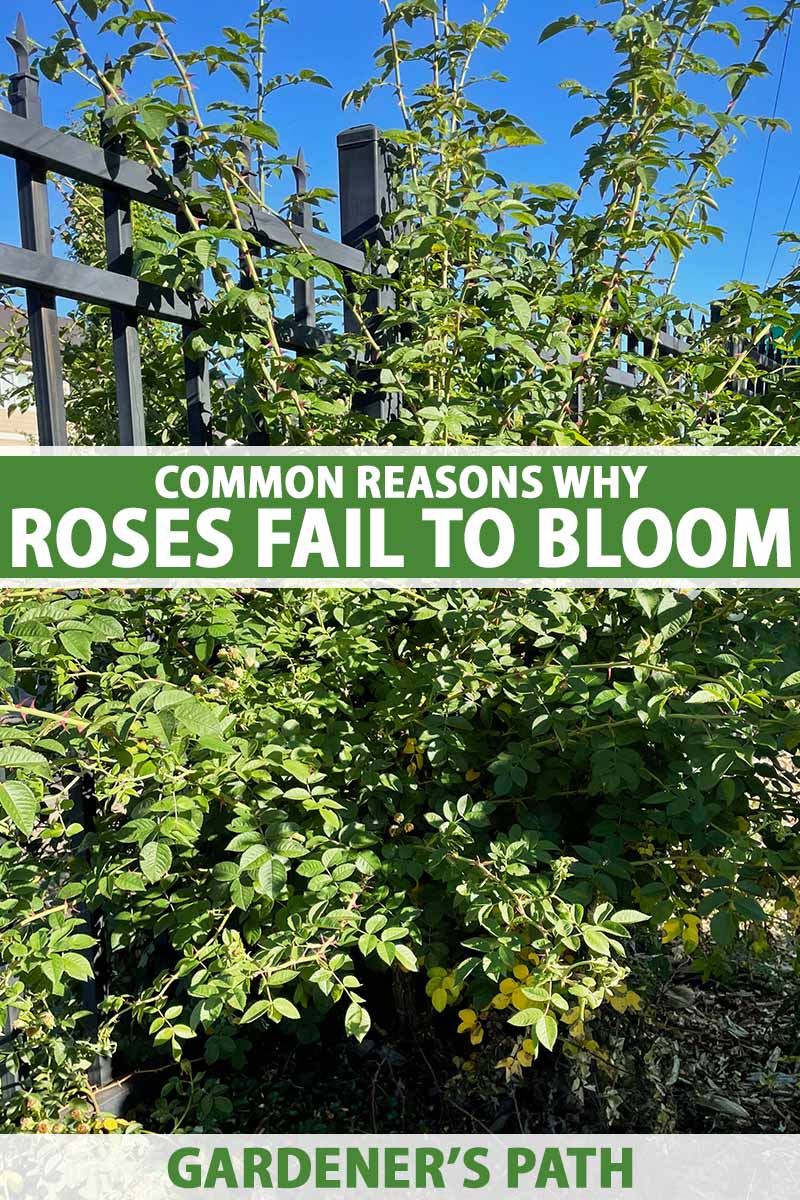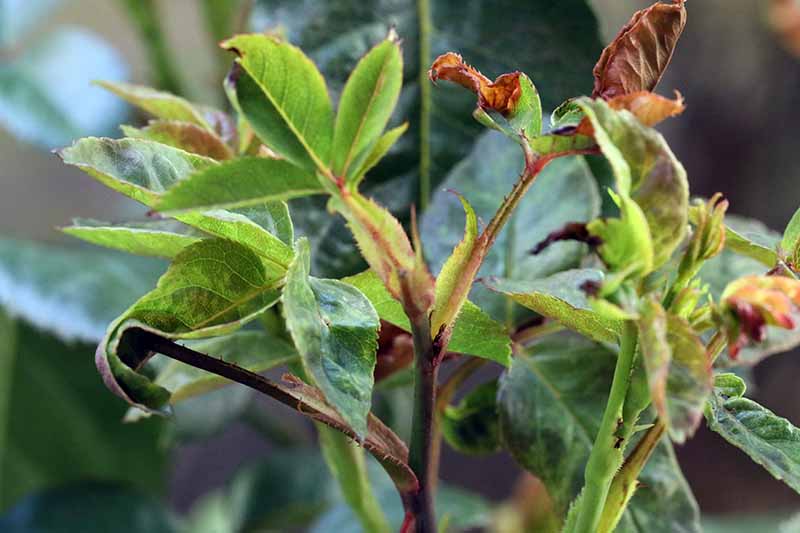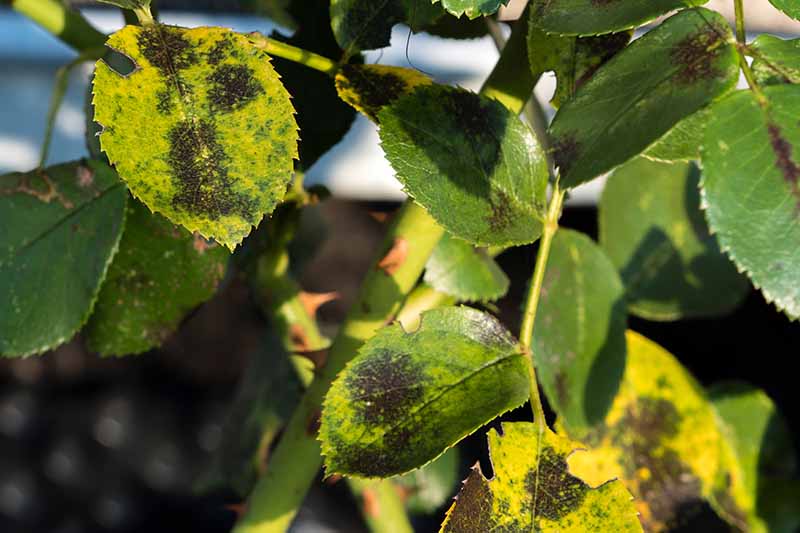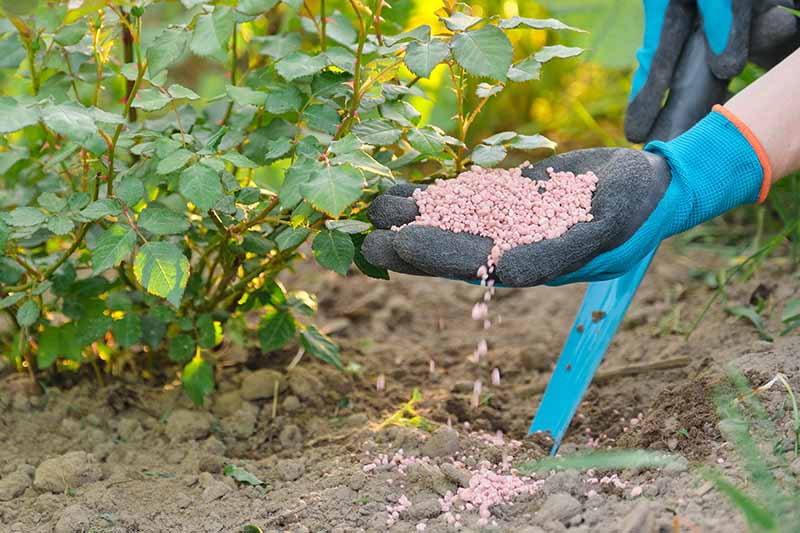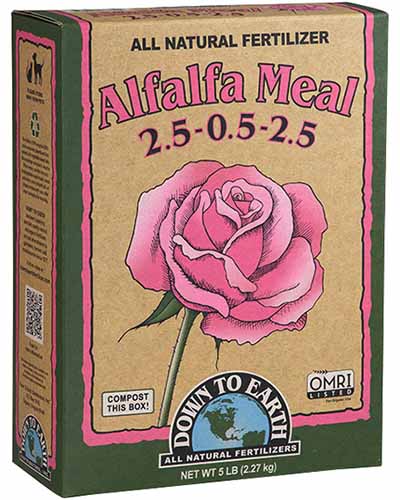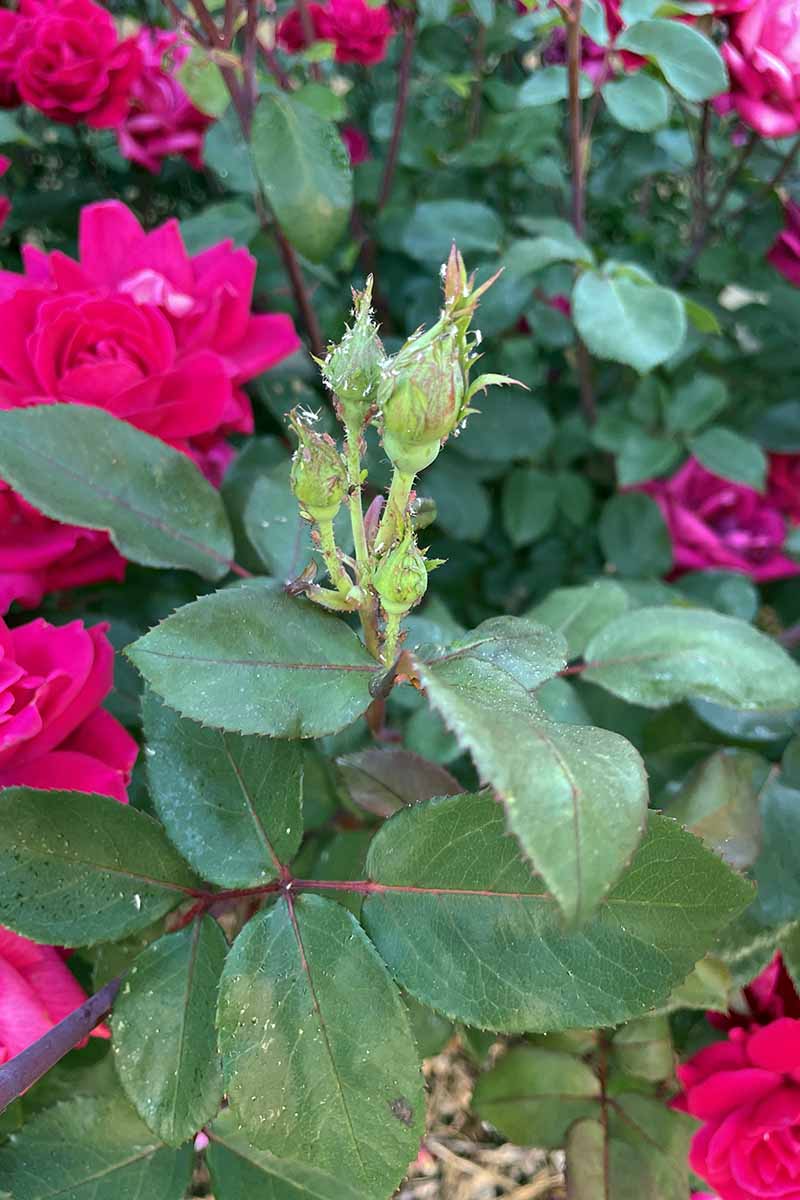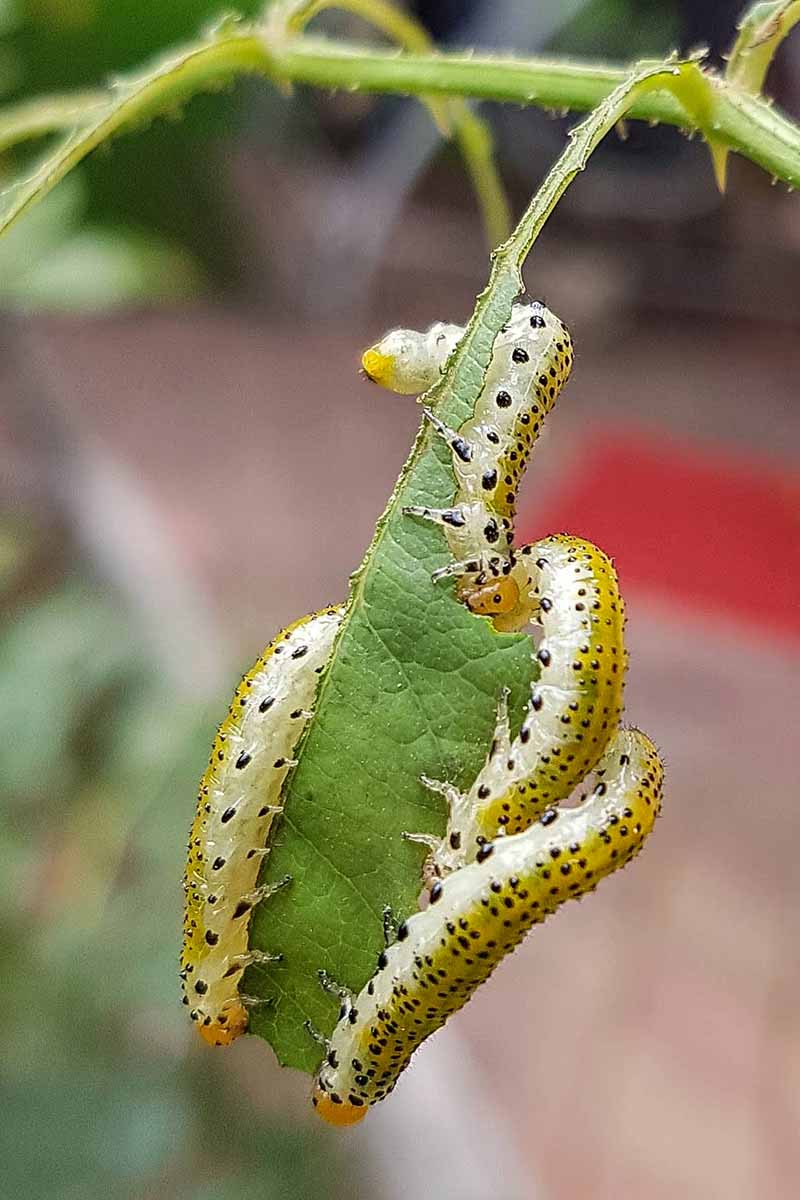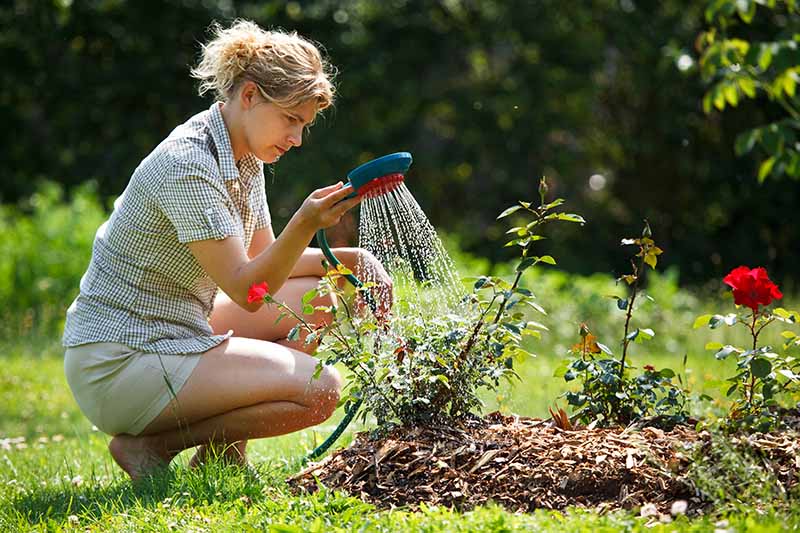Sure, it can be a lovely addition to the garden as a foliage plant, but there are certainly better options if you’re looking for some gorgeous greenery. We grow roses for the blossoms. It’s those big, beautiful, elegant flowers that we’re after, the ones that fill vases and bouquets, and that have inspired artists for centuries. We link to vendors to help you find relevant products. If you buy from one of our links, we may earn a commission. There are many reasons why a rose will fail to blossom. Here are the top nine common causes that we’ll discuss in this article: Can’t wait to see new blossoms forming? Let’s get going!
1. Blind Shoots
Blind what? Let me explain – blind shoots are stems that form without buds. The rest of the plant might look normal and as happy as can be, and the shoots themselves look healthy. But no matter how long it grows, a blind shoot never produces a bloom. One or two blind shoots are no big deal, but when more and more form, your plant will suddenly fail to have anywhere near as many blossoms as usual. I’ve even seen a plant that was made up almost entirely of blind shoots in my day, and it wasn’t pretty. Hybrid teas suffer most from this problem, but it can happen to any type of rose. While the science isn’t clear on what causes this issue, it seems to be the result of fluctuations between warm and cool, and dry and wet weather. These shoots are fairly easy to identify. If all the surrounding shoots have a bud forming but one doesn’t even have the hint of a bud on the end, it’s a blind shoot. Be sure to check your plants regularly to avoid this problem. To address blind shoots when you see them, just snip the head off of any shoots that don’t bloom with a pair of clean clippers, cutting above a five-leaf leaflet.
2. Disease
A diseased plant is stressed, and a stressed plant doesn’t always produce flowers. So while any disease may result in fewer flowers, there are a few in particular to watch for. You can read more about all of these common rose diseases in our guide. Black spot causes fewer flowers to form, and the ones that do form are thinner and more pale than normal. With botrytis blight, the buds may fail to open or they might be distorted if they do. This is also the case with rose mosaic virus. If your plant has powdery mildew, buds will form, but they often won’t open. If they do open, they’ll be distorted and discolored. Check out our guide to powdery mildew for tips on identifying and dealing with it.
3. Fertilizer Issues
Fertilizer is a good thing. Plants need food to thrive. But too much or the wrong kind of fertilizer will encourage the plant to produce foliage at the expense of blossoms. Besides sunlight problems, this is one of the top most common issues that reduces or stops flowering. Plus, alfalfa provides a good balance of nitrogen, magnesium, phosphorus, and other nutrients like calcium, iron, and zinc. This encourages healthy plant growth. You can find commercial fertilizers made just for roses, but I personally love Down to Earth’s Alfalfa Meal, and I swear I’m not just saying that because you can buy some from Arbico Organics and we earn a small commission. Down to Earth Alfalfa Meal I like DTE in general because their products are made from natural ingredients and the boxes are compostable, so they don’t have such a large impact on the environment as synthetic fertilizers. Don’t neglect the nitrogen entirely, however. Nitrogen is responsible for helping the plant develop new growth, and new growth is where the buds form. If they have weak or not enough new growth, your plants won’t bloom. That’s why doing an annual soil test to determine what nutrients your soil might be lacking is a good idea.
4. Not Enough Sunlight
Sunlight is definitely the most common environmental stressor that prevents blossoming. And when I say sunlight, what I actually mean here is a lack of light. I’ve never seen a rose fail to blossom because it was receiving too much sun. But not enough sun? Happens all the time. If you had plenty of blossoms in previous years, but now your plant is producing fewer or smaller flowers, don’t assume light exposure isn’t the problem. The exposure might have changed. You may have had a tree grow larger and now it is blocking the sunlight, for example. The best way to tell if sunlight is an issue is to watch your rose for a day or two, and record how much direct light is hitting it throughout the day in your gardening journal. Most roses prefer full sun, though some will still blossom in part sun or part shade. Be sure to do your research to determine how much your plant needs. Prune away any overgrown trees and shrubs surrounding your roses, or move your rose if it isn’t receiving the light it needs. We have a guide to transplanting roses if you run into this problem.
5. Not Pruning Often Enough
Don’t wait too long to prune your roses. Just as over pruning can cause problems, which we’ll cover below, so can failing to prune enough. Roses need yearly pruning to flower abundantly. And some roses only flower on new growth, not old wood. When you cut a cane, the plant sends out new canes to replace the parts you removed. If you don’t prune your plant often enough, it won’t produce as much new growth. If this is the case, the plant will focus its energy on the existing canes instead. Eventually, this results in a reduction in flowers to the point where you might have none at all. Luckily, the solution is pretty simple. If you haven’t pruned in a few years, get on it!
6. Pests
If pests are a problem, most of the time you will see buds start to develop but they won’t open. If they do open, they will be distorted or discolored, or may show signs of having been nibbled on. A high number of aphids may cause fewer or distorted blossoms to form, while Japanese beetles feed on forming buds, which can prevent them from opening. Thrips cause buds to open early and the flowers will typically be distorted and discolored. Scale can result in fewer or no blossoms, depending on the severity of the infestation, as can slugs and leafhoppers. Keep a close eye on your plants for any signs of pests. If you find aphids, Japanese beetles, thrips, or slugs, break out the insecticidal soap, or head to one of our pest guides for more info. For scale insects, treat with horticultural oil, or scrape the pests off the plant.
7. Pruning Too Much
When it comes to things that you can do to cause your roses not to bloom, pruning incorrectly is one of the biggies. Some roses you can prune away liberally and they’ll still give you a colorful show. But other varieties, like old garden roses, take a bit more care. Damask and moss roses are particularly sensitive to over as well as under pruning. Don’t prune too much or too early in the spring, or you run the risk of cutting off the stuff that the plant needs to blossom that year. If you were a bit heavy-handed, just give the plant a year to recover and it should be fine. In the future, prune old garden roses in the fall rather than the spring. For tips on how to prune the right way so you can avoid this issue in the future, read our pruning guide.
8. They Already Bloomed
Roses aren’t exactly known for having a short blossom period, but sometimes you get busy and you simply don’t notice what’s happening in your garden. Maybe you went on vacation, or had a lot going on for a few weeks. Now you’re wondering where those blossoms are. Take a good look at your bush. If you see hips on your plant, that means it has already bloomed. Some types bloom more than once, while others are one-and-done bloomers. I once had a friend ask for help diagnosing their rose woes only to discover that their plant was perfectly healthy, it was just finished for the season. Make sure you know when your particular rose blooms, and whether it is a repeat bloomer or not. Knowing how to properly deadhead your plants can help to promote repeat blooming.
9. Watering Issues
Remember, a rose that is stressed may not send out blossoms. A lack of or too much moisture can cause stress. If you have a particularly dry week or you miss one day of watering, that isn’t enough to ruin things. This is more of a chronic overwatering or underwatering situation. Use a soil moisture meter to determine whether your plant is receiving the right amount of moisture. If it isn’t, make sure to adjust your watering schedule accordingly. Now, you’re armed with the tools you need to identify and address the problem so you can bring those blossoms back into your life. Which issue are your plants struggling with? How did you address it? Let us know in the comments section below! If this guide helped you get a handle on the situation, you might be ready to tackle some other rose-growing challenges. If so, check out these guides next:
Growing Roses 101: Getting StartedHow to Winterize Roses13 of the Best Hardy Roses to Grow at HomeEverything You Need to Know About Buying Rose Bushes
